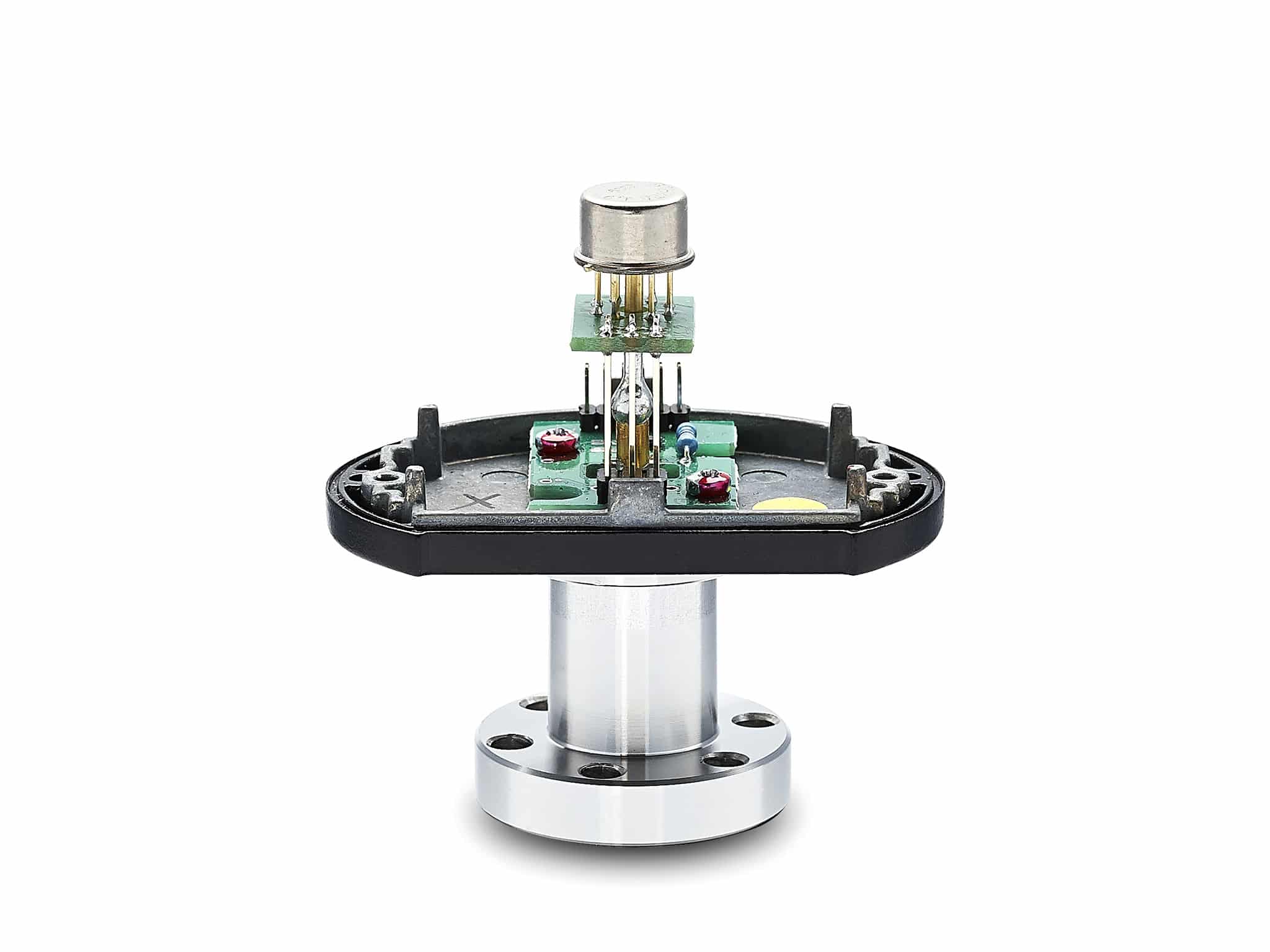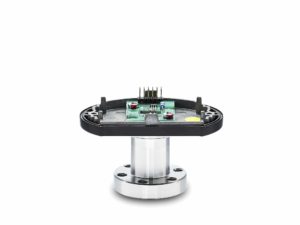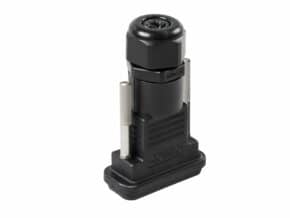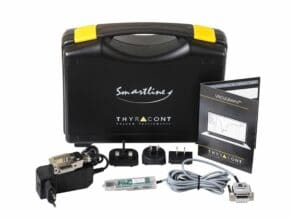How can I program parameters like switching points or gas type correctional factors?
The Smartline vacuum transducers are programmed via their RS485 interface. They respond e. g. on type requests, measurement requests, adjustment commands and commands for gas type correctional factor. It is also possible to program both relay switchpoints of the gauge via RS485. |
Is the measuring signal independent of the gas type within the rough vacuum range?
Yes it is in the pressure range above 15 mbar. |
Is the Pirani sensor protected against pollution and dirt?
All Thyracont Pirani sensors are fitted with a cover which protects against basic condensation and pollution. If the sensors are used in an extremely polluted environment, it is advised to additionally either use an extension pipe, an elbow fitting, a cooling trap or a seal ring with a sinter filter. We recommend to keep the transducer continously switched on because a hot Pirani filament reduces the sensitivity against contamination. |
Is it possible to clean the Pirani sensor?
Depending on the type and intensity of the pollution, it is feasible to clean the sensor with isopropanol. In order to do so, you need to fill the measuring cell completely with isopropanol and let it rest for a few minutes. After removal of the fluid, it is necessary for the cell to completely dry out. Please note that if e.g. oil debris is baked onto the filament, it is very tough or even impossible to clean. |
Do I have to mount the instrument into a specific position?
The instruments can be mounted in every position. The best accuracy is achieved if the flange of the instrument is mounted horizontally because the instruments are calibrated in this position. It is not recommended to mount the sensor at the bottom of a pipe as condensate and dirt could be collected in the sensor cell. |
How often do I need to recalibrate the compact vacuum meter?
The period between calibrations depends on the specific application. Especially in cases of coatings and contaminations on the sensor-head or if it is used in extreme temperature conditions, readjust of the instrument can be neccessary. For quality assurance matters, we recommend to return the instrument for calibration every one or two years. We can offer a works calibration (article no. ADJCERT) or a DAkkS calibration (article no. DKDCERT). |
Is it possible to exchange the sensor heads of the transducers?
The exchangeable, pre-adjusted Smartline replacement sensors can be exchanged fast and easy by the user to assure best compatibility. Loosen the attachment screws around the head, exchange the sensor-head and reattach the attachment screws. After a heating-up phase of 15 minutes press the “Adjust” button, the sensor system and the electronics will be aligned automatically and the transmitter is ready to use. |
What is the difference in applications between a cold cathode and a hot cathode gauges?
Hot cathode transducers are mainly used for measurements where high precision (<15%) is needed. For measurements in the ultra-high-vacuum range down to 5e-10 mbar we also recommend our hot cathode. Cold cathode transducers are more durable in numerous applications and therefore relevant for environments where the sensor is exposed to dust, oil or other pollution. The cold cathode measuring cell can be partly disassembled and cleaned (e.g. with Scotch Brite). The VSM and VSI cold cathodes are not quite as precise as a hot cathode transducer. However, the resolution and precision of both gauges is still excellent for a cold cathode sensor (<25%). If necessary the sensor heads of all transducers can be changed to assure a high plant availability. |
Is it possible to clean the sensor head of the VSM?
Yes, it is possible to partly disassemble the sensor head and clean it with Scotch Brite. Metallic debris and minor pollution can be cleaned like this easily. |
Is it possible to clean the sensor head of the VSH?
Hot cathode sensors are not suited for cleaning. |









